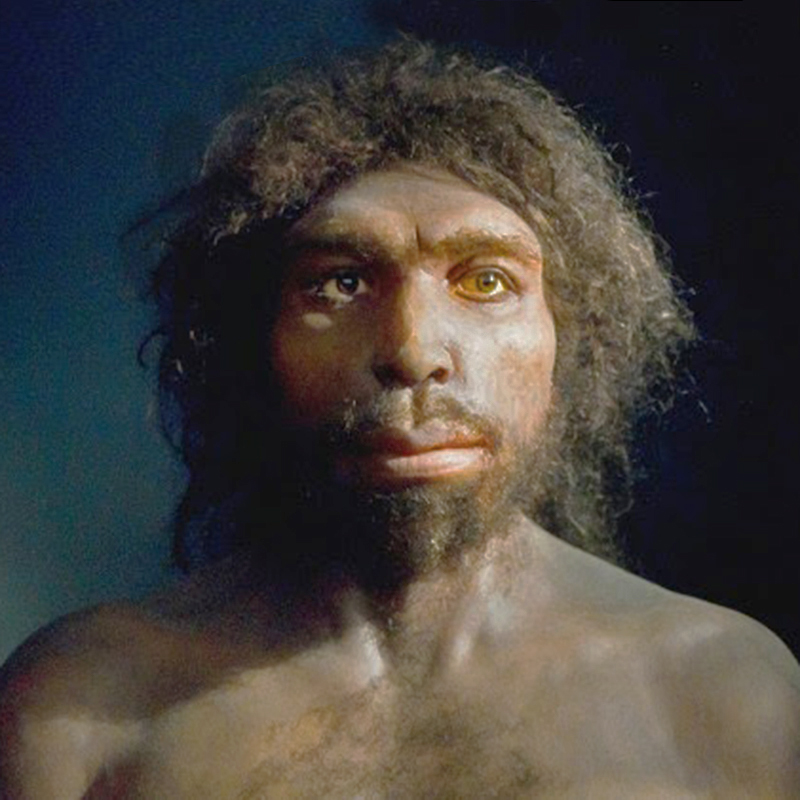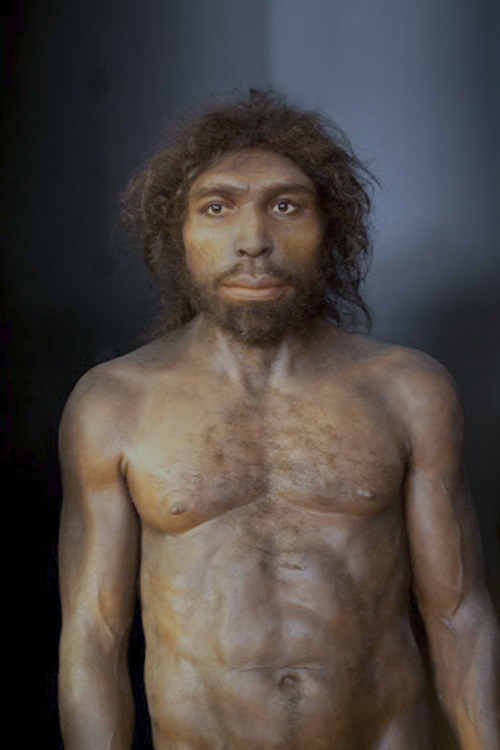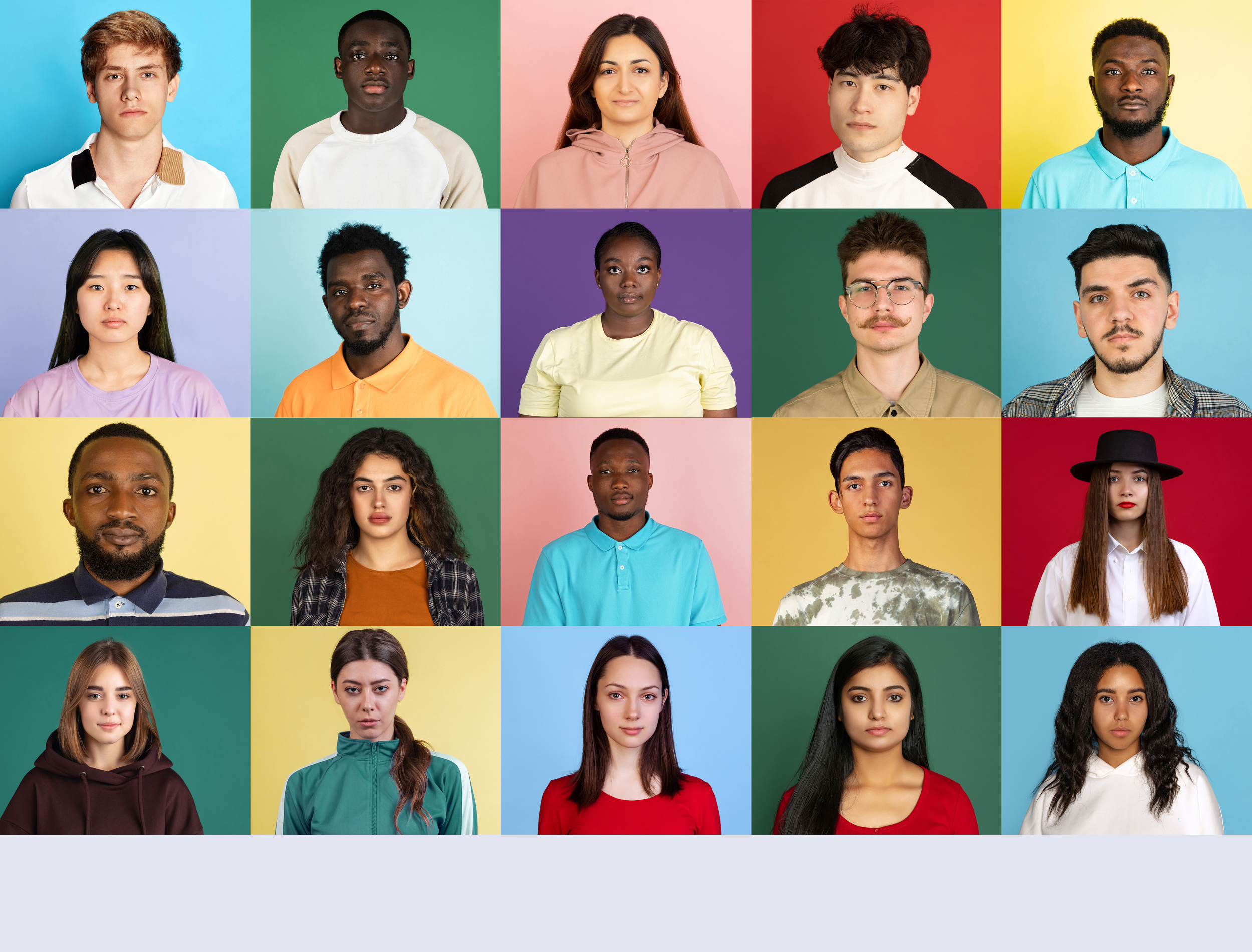A human is a person who belongs to the sentient species
Homo sapiens, one of the three sentient species that inhabited the world from the start of the
Pagsian Turning. The population of the humans (plural) grew from about 100,000 to about 250,000 individuals during this golden age. However, the Dakhleh disaster that marked the transition from that turning to the next wiped out almost a third of the human population. The subsequent hardship of the deteriorating climate reduced their number to a mere 1,200 people in scattered refuges by the end of the
Ougrosian Turning. After that, their population grew again and later was accellerated by their technological success and the extinction of both the neanders and denisova. By the start of the Present Era, humans reached a population of 2.5 billion individuals and inhabited every continent of the world.
Geographic Extent
Humans originated in Africa, primarily occupying northern and eastern regions such as
Sa'hra,
Sahel,
Kemet, and
Nehsyu. The deteriorating climate during the
Recosian and
Ougrosian turnings led to some migrations out of Africa, into both the
Levant and
Indus with some clans continuing past Indus into
Zomia and
Sunda. The biggest migration, however, came later during the
Pluvial Turning, during which favorable climate and the bright auroroas caused by Laschamps Excursion led to a massive wave of humans moving northward into Europe.
Their unique desire to plan, predict, and explain, as well as their tendency toward being social and forming larger groups, led to a shift during favorable climate conditions toward sedentary lifestyles. The development of fixed dwellings, in turn, facilitated the emergence of shared languages and writing systems, which in turn accellerated the spread of new technologies for hunting, food storage, and defense. This produced a positive feedback effect of accellerating technological advancement that led to explosive population grown until eventually the humans had become the only remaining sentient species in the world and occupied every continent.
Physiology
Humans generally had brown eyes and hair, and yellow-brown skin that ranged from tawny to sepia. On average they tended to be slightly taller than
neanders and slightly shorter than
denisova. Their faces had a more blocky shape than was typical for denisova, and had a flatter (less protruding) nose and eyebrow ridge than neanders. Their vocal tracts could produce incredibly subtle and varied sounds, which helped in the development of their language systems.
In later turnings, human physiology continued to evolve. Human appearance changed over time, and also became more diverse. These changes were the result of three main factors. First, humans occupied more diverse environments which in turn led to a greater diversity in their physical appearance. Second, some communities came into contact with and interbred with neanders and denisova before those other species became extinct. Third, the continuous development of technologies for shelter, food preparation, and eventually medicine and technologically assisted morphology augmentationation allowed humans to grow larger, live longer, and have more control over their physical appearance in the current
Meghalaian Turning than in any time earlier in history.
Lifestyle
The first humans shared a simple and relatively uniform
Aterian culture. They clustered in extended family clans, each composed of around fifty individuals. They hunted antelope, buffalo, elephant, and rhinoceros using stone-tipped sticks, and when they were by the ocean they gathered clams and other shellfish along the shore. They painted their bodies with ochre and tinted mud, decorated their bodies with sea shells, and collected calcite crystals.
The most important trait that differentiated them from the other sentient species of the world was in the way they viewed the world: they were oracles and trackers, always striving to understand cause and effect. They were obsessed with figuring out why things happen and what would happen next. This core trait, over time, was a key component to the development of other uniquely human traits: their development of farming and herding in an effort to control the world around them; their development of complex language to communicate complex plans and hypothetical scenarios; and their invention of gods and myths to both explain their world and convey complex ideas from one generation to the next.
Migrations and Expansion
After the initial two waves of expansion out of Africa led to humans having large presences in Europe, western Asia,
Indus,
Sunda, and
Chang Jiang Pingyuan, their numbers continued to grow and they began to fill up space on every contintinent. Larger population led to higher population density, which meant clans traded and learned from each other but also came into conflict more often. Human cultures fragmented and diverged. Increased communication led to the development and spread of improved technology, sedentary lifestyles, shared languages, and shared gods and mythologies. All of these dimensions of human culture coevolved to create the threads of the long history of humans and their gods.



